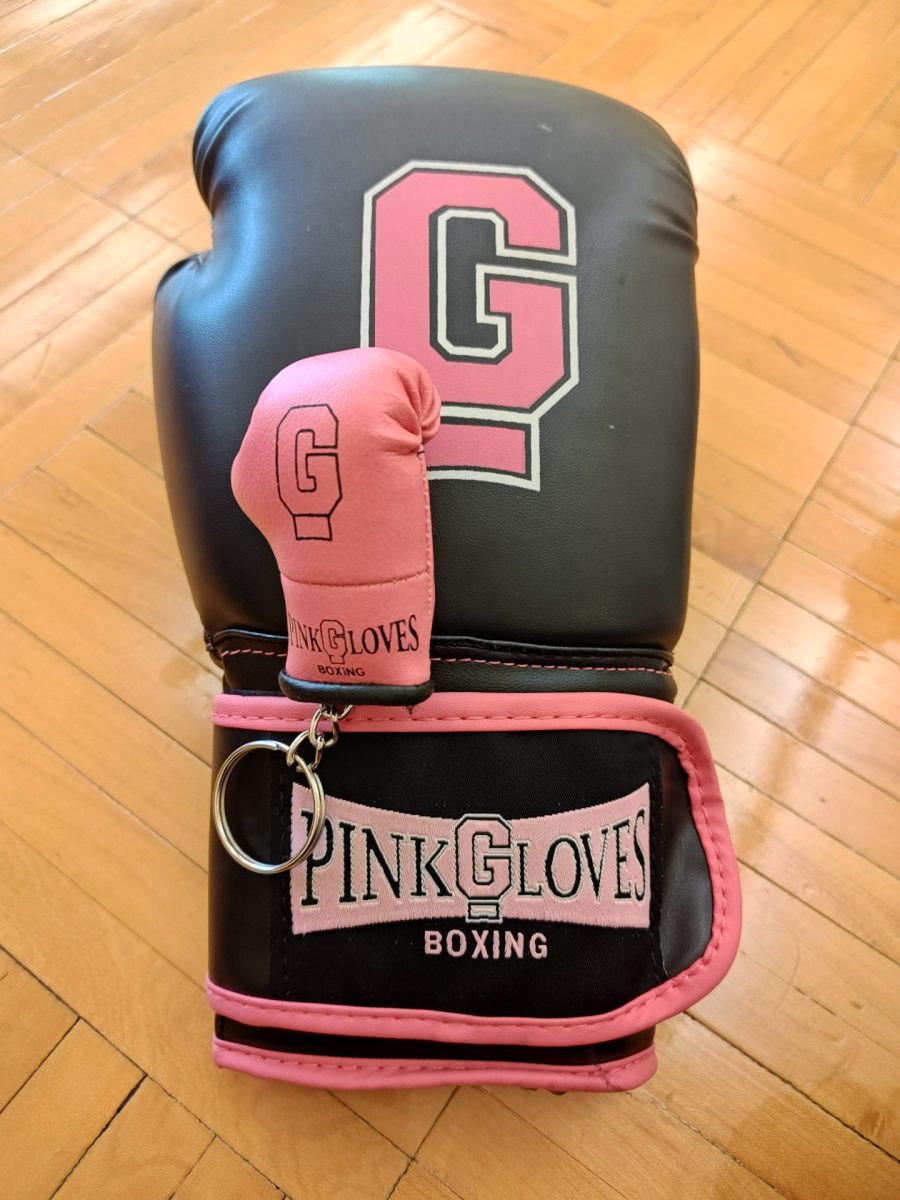Research by UA Professor Shows How Companies Use ‘Selfie-Marketing’
This new trend is defined as “user-generated selfies that are used by a company for marketing purposes.”
Marketers will be able to use the results from Fox’s study to align their marketing efforts with millennials’ behaviors on social media.
September 8, 2019
Think twice before sharing those selfies on social media, as companies are now starting to use those self-portraits for marketing efforts.
As defined by the online Merriam-Webster dictionary, a selfie is “an image that includes oneself (often with another person or as part of a group) and is taken by oneself using a digital camera especially for posting on social networks.”
According to a UA press release, different companies and brands are now using selfie culture as a way to encourage consumers to post their self-portraits in relation to a specific product or service.
But how exactly do these marketing efforts work? One professor from The University of Akron may have the answers.
Dr. Alexa Fox, an assistant professor in the UA Department of Marketing, completed a collaborative research study on how millennials use selfies to express themselves and how those selfies can be used in marketing strategies.

Alexa Fox received the Journal of Consumer Marketing’s Outstanding Paper award in the 2019 Emerald Literati Awards for Excellence.
This research was conducted in partnership with Todd J. Bacile of Loyola University New Orleans, Chinintorn Nakhata of Penn State Harrisburg and Aleshia Weible of Clarion University of Pennsylvania.
The paper, titled “Selfie-marketing: exploring narcissism and self-concept in visual user-generated content on social media,” was originally published in 2018.
As social media platforms and the Internet are forever changing, consumers are beginning to have increasing interactions with companies and other consumers. These changes are one of the reasons why Fox chose this topic of study.
“Quickly changing trends in this space, such as creating and sharing selfies, can change consumers’ self-perception and how brands are involved in shaping it,” Fox said.
Fox and her co-authors started the process of this research study a few years ago, as they reviewed existing research on self-presentation theory, self-concept and other items relating to their endeavors.
Information from their literature review influenced the research questions and interview data for the first study. The second study consisted of a survey in relation to the results from the first study.
Using the two mixed-method studies, Fox could analyze selfie popularity and its relation to previous research on narcissism and self-concept. Those results were used to evaluate the effectiveness of selfie-marketing on different social media.
Narcissism, as defined by the study, is a personality trait “characterized by a grandiose self-presentation motivated by the need to regulate self-esteem.” This trait was found to affect millennials’ in relation to selfie-marketing.
One result of the study that Fox found most interesting is how millennials use selfies differently depending on the social media to fill their “underlying desires to feel self-important.”
Instagram users will show their ideal self-concept versus Snapchat users, who tend to focus on their actual self-concept. Because of these differences in selfies, marketers can use each social media for different products and services.
“Marketers of products designed to improve consumers in some way (e.g. fashion apparel, cosmetics) may benefit by using Instagram as the medium for a selfie-marketing campaign. In contrast, marketers of products designed with everyday life in mind (e.g. fast food, coffee) may find more success using Snapchat for a selfie-marketing campaign,” Fox said.













